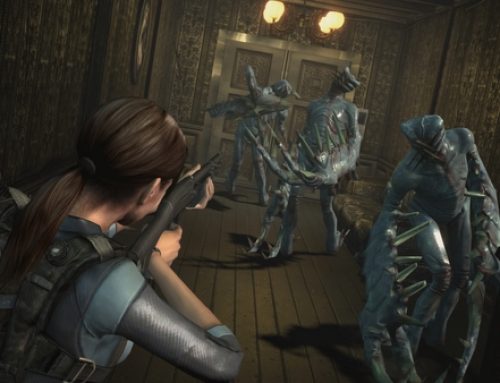I am a chump.
After months of tediously shuffling around files, I’d had enough of the paltry 20 gigabyte hard drive that came with my Xbox 360.
At the time the 360 launched, 20 gigabytes seemed like a lot of memory. But with free demos that regularly exceed a gigabyte, dozens of “Rock Band” songs, free map packs for games like “Halo 3” and “Gears of War” and a quantity of save files befitting someone who writes about video games, I was locked in an endless, unfun minigame of data management.
But the real thing that drew me to upgrade was the new Xbox 360 dashboard, coming in November. One of the interface’s cool new features will allow us to essentially dump game-disc content onto the hard drive for faster load times, improved performance and presumably a quieter experience. (To verify you own the games on your hard drive, discs will still need to be placed into the DVD tray. But they’ll rest there, rather than spin loudly the way they do now.)
So I bit. Unwilling to wait for an upcoming, $100 bundle that includes a 60 gigabyte drive and other goodies, I decided to go large, spending $150 for 120 gigabytes of storage space.
If you’ve bought an external hard drive for a laptop or personal computer lately, you know $150 isn’t exactly a fair price for that amount of storage, even taking into account the fact that self-powered drives cost more than devices that have to be plugged in separately. But Microsoft, by requiring the use of proprietary hard drives, leaves its customers little choice.
Luckily, recent Xbox 360 converts aren’t faced with the same unpalatable choice facing us early adopters. The 20 gigabyte drive is on its way out, replaced by a standard unit that’s three times its size. And if you bought the $400 Xbox 360 Elite, which wasn’t yet on the market when I bought my console, it already comes with a 120 gigabyte drive.
Still, it’s a bit defeating for early adopters to pay so much for storage. It’s more galling to think the drive I bought was $180 as recently as a couple of months ago. You’d think that owners of larger hard drives probably make more purchases from Microsoft’s video marketplace, offsetting losses the company would incur from dropping the price further. After all, the first thing I did after I hooked up my new drive last night was download four TV show episodes, at a cost of $2-$3 apiece.
It’s probably too much to hope that somebody at Microsoft realizes how much profit there is to be made if 360 owners somehow find themselves with a lot more capacity to store downloadable content. If Microsoft won’t let us use drives made by other companies, the least they could do is bring down the price to a level where the most expensive hard drive doesn’t retail for 75 percent of the cost of the cheapest version of the console.




